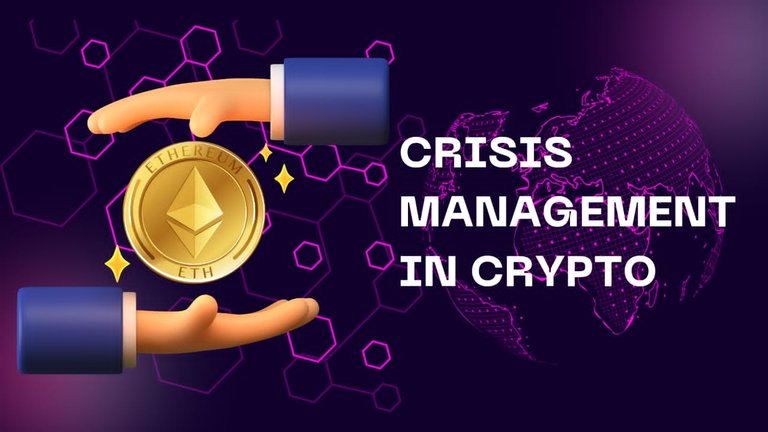In the dynamic world of cryptocurrencies, unforeseen challenges can arise, testing the resilience and adaptability of blockchain projects. One such pivotal moment in Ethereum's history was the DAO (Decentralized Autonomous Organization) hack in 2016. This crisis not only exposed vulnerabilities in smart contract security but also prompted a controversial and impactful response from the Ethereum community.

The DAO Hack Unveiled:
The DAO was envisioned as a groundbreaking smart contract on the Ethereum blockchain, acting as a decentralized venture capital fund. However, a critical vulnerability in its code was exploited, resulting in a massive theft of Ether. This event sent shockwaves through the Ethereum ecosystem, demanding a swift and decisive response.
Identifying the Vulnerability:

Ethereum's development team promptly identified the exploited vulnerability, understanding the urgent need for intervention to prevent further losses and maintain the integrity of the platform.
The Emergency Hard Fork:
In a bold move, the Ethereum community reached a consensus to execute an emergency hard fork. This strategic decision involved rolling back the blockchain to a state before the DAO hack, effectively nullifying the transactions associated with the exploited code.
Controversy and Ethereum Classic:

While the majority of the Ethereum community supported the hard fork as a necessary response to protect users and the platform, it wasn't without controversy. A minority believed in the immutability of the blockchain, leading to a split in the community. This dissenting faction continued on the original chain, giving rise to Ethereum Classic (ETC).
Returning Stolen Funds:
The hard fork successfully enabled the return of the stolen funds to their rightful owners, addressing the immediate impact of the hack. This demonstrated Ethereum's commitment to protecting its users and maintaining trust in the platform.
Learning from Crisis:
The DAO incident served as a crucial learning experience for Ethereum. It underscored the importance of robust smart contract security, thorough code audits, and proactive measures to identify and address vulnerabilities before they could be exploited.
Conclusion:

Ethereum's response to the DAO hack showcased the project's ability to navigate a crisis with a combination of technical expertise and community consensus. The controversial hard fork, while divisive, ultimately safeguarded user funds and laid the foundation for improved security practices. The incident highlighted the challenges inherent in decentralized governance and prompted Ethereum to evolve, emphasizing the importance of learning from crises to fortify the platform's resilience against future challenges.
Thanks for reading my post.
Posted Using InLeo Alpha